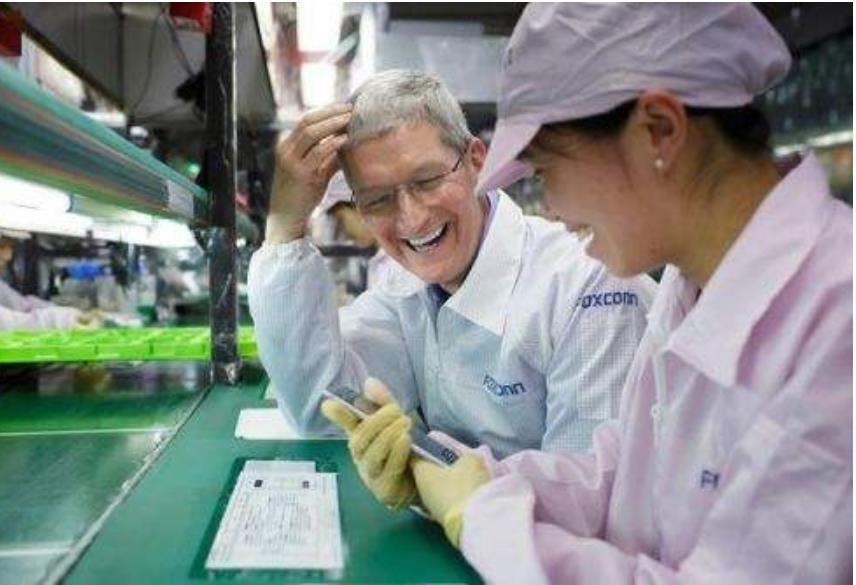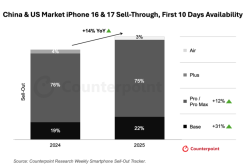Understanding the Impact of Tariffs on an iPhone
![]() 04/08 2025
04/08 2025
![]() 627
627
The United States has introduced a global tariff policy known as "reciprocal tariffs," which operates differently from a straightforward tit-for-tat system. Instead, the US calculates tariffs based on the ratio of (trade surplus / total exports) / 2. Essentially, for every additional dollar earned from the US, a country must return half of it in tariffs.
For instance, in 2023, China's trade surplus with the US amounted to $361.1 billion, with total exports to the US reaching $524.7 billion. This results in a "theoretical tariff" rate of 68%, but former President Trump announced a reduction to 34%.

Numerically, for most countries, the tariff rate exceeds 25%. Given the US's significant import role, many nations export goods to the US. Consequently, the larger the trade surplus, the higher the tariff imposed.
Even for countries with a trade deficit, the US imposes a 10% tariff. This tariff policy has caused significant distress in global trade due to its heftiness, with the increased costs becoming unbearable for enterprises, consumers, and the supply chain.

To illustrate the impact, let's consider Apple and the potential cost increase for an iPhone.
Apple's supply chain spans the globe, with few components truly manufactured in the US. For example, Apple's A-series chips originate from Taiwan Province, exempting them from the 34% tariff. However, focusing on iPhones primarily manufactured in China (over 85%), we analyze the tariff's effect on their cost when reaching the US market.
Upon entering the US, an iPhone faces an additional 34% tariff, not directly added to the selling price but to the declared price. Currently, Apple's gross profit margin stands at approximately 45%, with a net profit margin of about 24%.

The declared price of an iPhone, which is about 70% of the final selling price, will be subject to the 34% tariff. This translates to an approximately 24% increase in costs for Apple, equivalent to its net profit margin. Hence, if Apple does not raise prices for iPhones entering the US, its profit margin would dwindle to near zero.

Considering existing discounts on iPhones, prices in the US market will undoubtedly rise, albeit not by the full 34%. Instead, an increase of about 10-20% is more likely. In contrast, iPhones sold in the Chinese market will experience minimal to no price increase since most are locally produced and unaffected by these tariffs.








